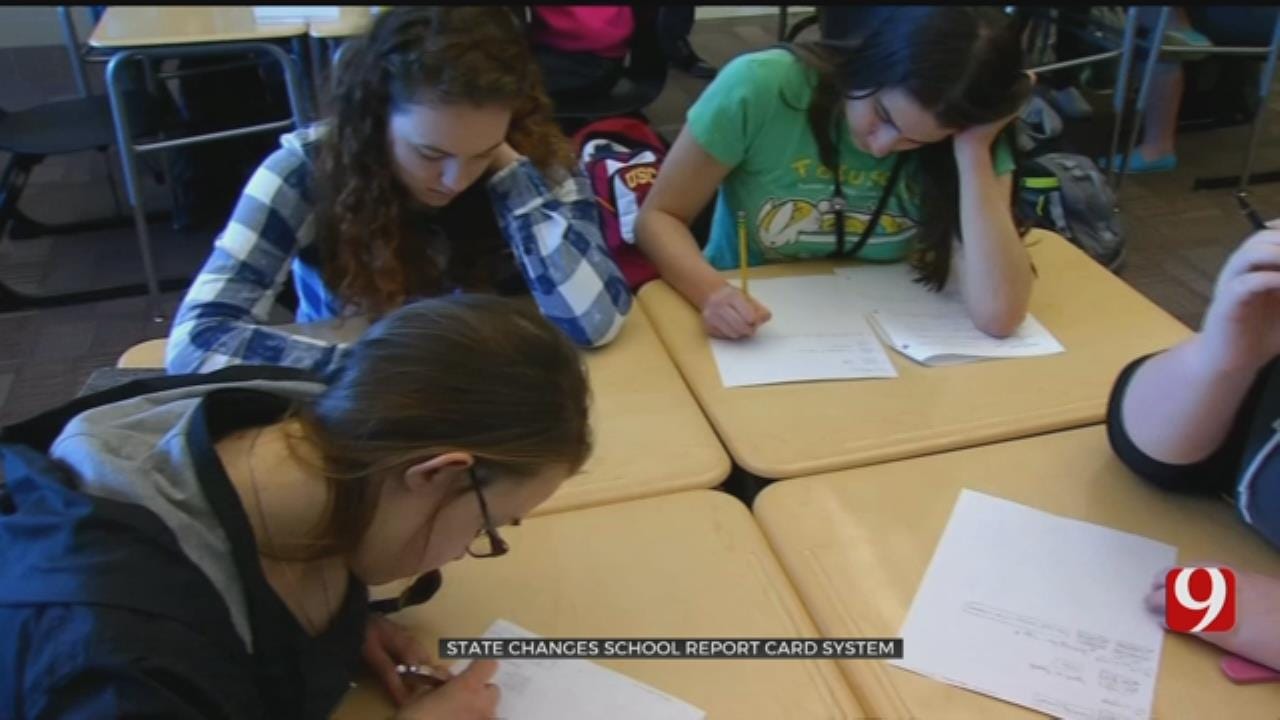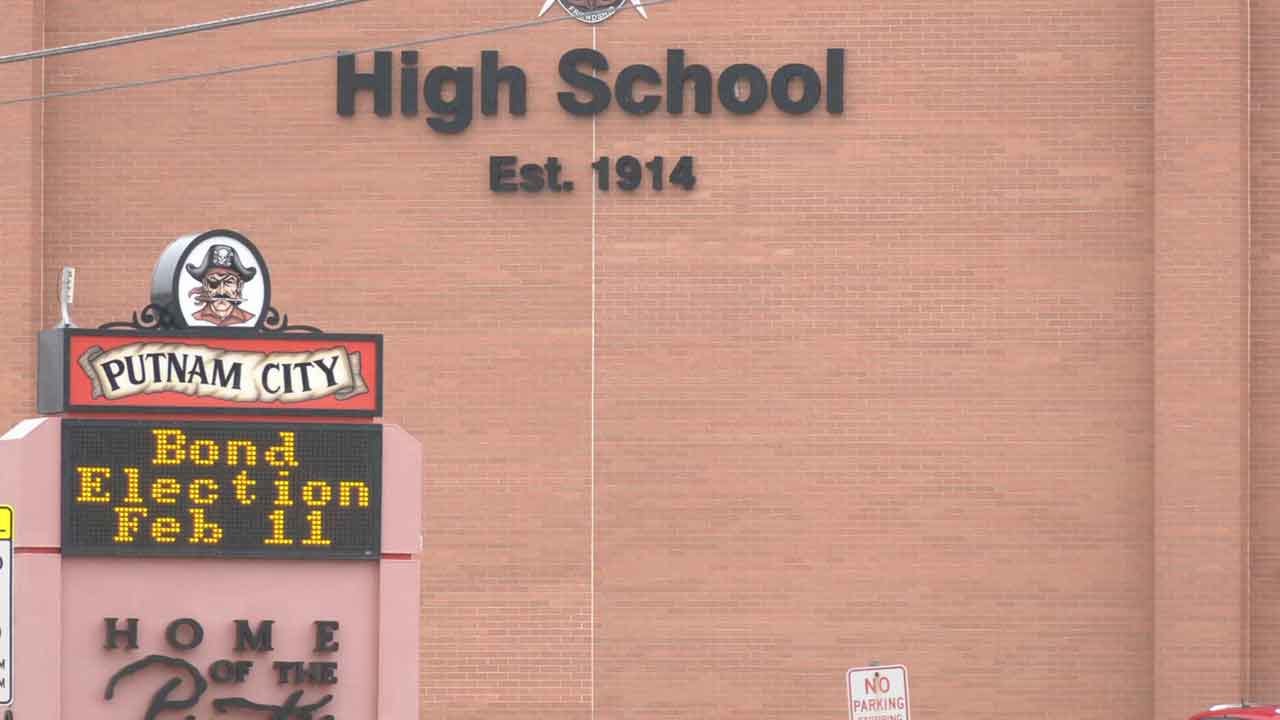Oklahoma Changing School Report Card System
For the first time in more than two years, schools across the state are about to get a grade. Facing criticism from leaders of many of the state's poorest performing school districts the last time grades were handed out, in 2016, Oklahoma Superintendent oTuesday, February 26th 2019, 5:46 pm
For the first time in more than two years, schools across the state are about to get a grade.
Facing criticism from leaders of many of the state's poorest performing school districts the last time grades were handed out, in 2016, Oklahoma Superintendent of Public Instruction Joy Hofmeister made it a priority to revamp the system.
Under the federal Every Student Succeeds Act (ESSA), the report cards are required to including certain performance measures, but Hofmeister felt there was no reason the they couldn't, at the same time, be more nuanced and less one-dimensional.
"So this is the old way," stated Superintendent Hofmeister, holding up a printout of an old report card, with its prominent letter grade, "where there was a scarlet letter."
Briefing members of the media on the new report card system today, Hofmeister said the old way is gone. Yes, each school will still get an A-F grade, but there will also be much more.
"This can't be about blame and shame," Hofmeister said, "this is about providing contextual information about where we are today, with goals for where we want to be."
There many ways in which the new report cards will be different, but perhaps nothing more important, educators say, than in the way that academic achievement is measured.
Under the old system, schools with higher populations of challenged students were often penalized, because the test scores of students who fit into two or more federally mandated reporting classes (e.g., students with disabilities, economically disadvantaged, English learners) would get counted two or even three times. The new system prioritizes this student groups and thus each student is counted just once.
The new system also rewards schools whose students are showing academic growth, even if they have not yet reached proficiency. Hofmeister believes this is not only more fair, but provides a more accurate picture of what is going on at a particular school.
"We believe there is an opportunity to tell more of what is happening, and that is why growth was a key piece," Hofmeister noted. "We didn't have to do that, we wanted to do that."
The new report cards were developed with input from stakeholders across the state, and are expected to give parents, principals and policy makers access to data that state education leaders believe will ultimately lift the entire system.
"We want to act on evidence and make strategic decisions based on evidence," said Hofmeister, "this is one piece of that."
Another strategic decision, Hofmeister says, was to curve the results in this benchmark year so that exactly five percent of schools would get the lowest grade of F. (Likewise, five percent will get A's, she explained.) Under ESSA, states must earmark a portion of their federal Title 1 funds to, at a minimum, five percent of the lowest-performing public schools.
In 2016, more than 200 schools received a failing grade. This year, thanks to the curve, the number will be less than 100, which Hofmeister says will allow the federal dollars to have more of an impact.
The report cards will go online, once the State School Board has given its approval, which is expected to happen when the Board meets this Thursday. The report cards will be accessible at www.oklaschools.com.
More Like This
February 26th, 2019
February 18th, 2020
February 10th, 2020
January 28th, 2020
Top Headlines
November 8th, 2024
November 8th, 2024
November 8th, 2024
November 8th, 2024










